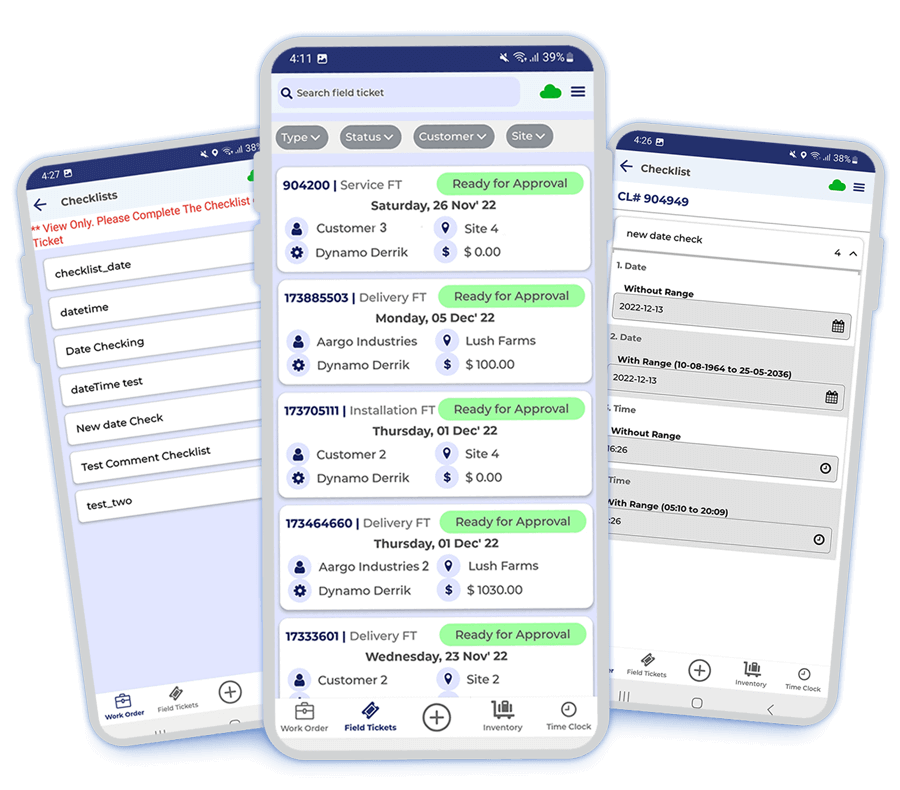
Effective field service scheduling is crucial for businesses that rely on on-site services. It ensures that the right personnel are dispatched at the right time, optimizing both customer satisfaction and operational efficiency. The growing complexity of service demands requires companies to adapt their scheduling strategies to keep pace with customer needs and resource availability.
Modern scheduling tools leverage technology to automate and streamline the process, reducing manual errors and improving response times. As a result, organizations can enhance communication among team members and clients while also maximizing resource utilization. This not only boosts productivity but also fosters better relationships with customers.
Understanding the key components of field service scheduling can significantly impact a business’s performance. By implementing effective strategies, companies can meet client expectations more consistently and reduce operational costs, ultimately leading to a more successful service delivery model.
Essentials of Field Service Scheduling
Effective field service scheduling is crucial for optimizing resources, improving customer satisfaction, and enhancing operational efficiency. Focused planning and execution can lead to significant improvements in service delivery.
Understanding Field Service Management
Field service management involves coordinating a company’s resources, processes, and personnel to deliver services at customer locations. It includes scheduling technicians, managing inventory, tracking service orders, and ensuring compliance with regulations. Effective management relies on real-time data and scheduling tools to optimize routes and minimize travel time. By implementing a robust field service management system, companies can increase first-time fix rates and improve customer retention.
Key Components of Scheduling
Key components of field service scheduling include technician availability, skill sets, and geographic location. Companies should maintain an up-to-date database of technicians, noting their specific skills and certifications. This database enables efficient assignment of jobs based on expertise and availability, leading to faster resolutions. Other factors encompass customer priorities and service level agreements (SLAs). Implementing automated scheduling software can streamline these processes, reducing administrative burdens and enhancing productivity.
Challenges in Field Service Scheduling
Scheduling in field service often encounters several challenges. Unforeseen events like technician cancellations, emergencies, or traffic can disrupt schedules. Adapting to these changes requires flexibility and quick decision-making. Another issue is the balance between resource allocation and customer expectations. Companies must optimize technician routes while meeting deadlines and ensuring customer satisfaction. Maintaining accurate communication with customers regarding appointment status is essential to mitigate frustration. Investing in technology can help address these challenges, enabling proactive decision-making and efficient resource management.
Advanced Strategies and Solutions
Effective field service scheduling can be transformed by applying advanced strategies and solutions that enhance efficiency and reduce downtime. Technology and predictive maintenance play crucial roles in optimizing scheduling processes.
Leveraging Technology for Efficient Scheduling
Implementing advanced software solutions can significantly improve scheduling accuracy. Tools equipped with artificial intelligence (AI) can analyze historical data to optimize technician assignments based on skill sets, location, and availability.
Key Features to Consider:
- Real-time updates: Ensure that schedules reflect changes immediately.
- Mobile access: Technicians should have access to schedules via mobile devices for better communication.
- Centralized platform: Use a single system to manage all scheduling aspects for increased clarity.
These features enhance collaboration between team members and help in making informed decisions quickly. Technology drives efficiency by aligning resources effectively and minimizing travel times.
Integrating Predictive Maintenance
Predictive maintenance techniques help anticipate equipment failures before they occur, allowing for timely interventions. By analyzing data from equipment sensors, companies can schedule maintenance during non-peak hours, thus minimizing disruptions.
Advantages of Predictive Maintenance:
- Cost reduction: Less unplanned downtime reduces operational costs.
- Improved resource allocation: Schedule technicians based on actual equipment needs rather than assumptions.
Predictive maintenance can enhance service quality, ensuring that technicians are dispatched only when necessary. This strategy leads to optimized resource utilization and increased customer satisfaction.
